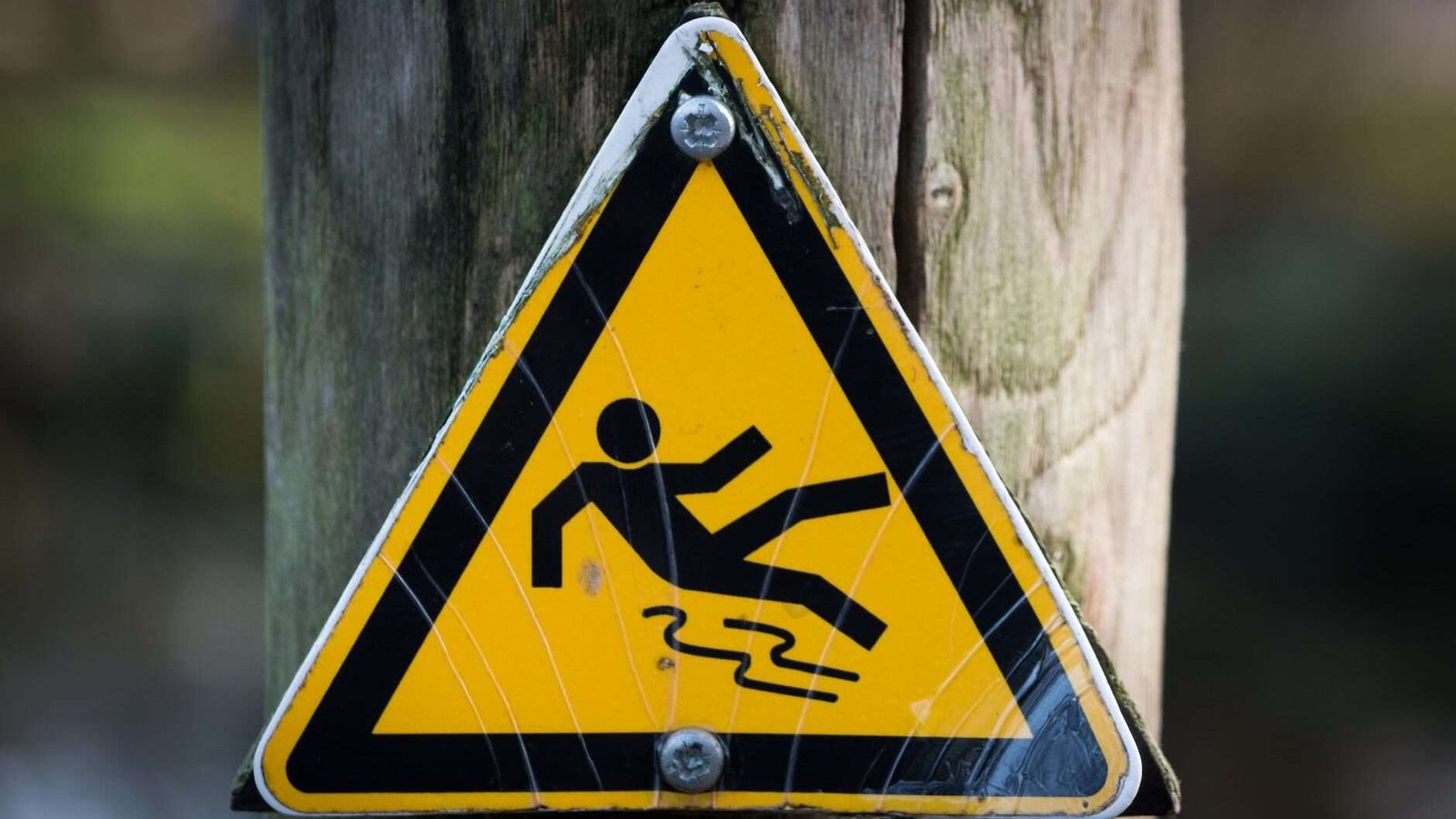Introduction to 1-Minute Safety Topics
In today’s fast-paced and dynamic work environments, ensuring workplace safety has become a top priority for organizations across the globe. Companies understand that by fostering a culture of safety, preventing accidents, and reducing health hazards, they can provide a safe and healthy environment for their employees. This not only promotes employee well-being but also contributes to increased productivity and reduced costs associated with workplace injuries and illnesses. However, maintaining a safe work environment is not a one-time effort but an ongoing process that demands continuous diligence and attention.
This is where the concept of 1 Minute Safety Topics comes into play. These topics are an effective tool to promote safety knowledge, engage employees, and reinforce safety practices. By dedicating just a minute of their time, employees can stay informed about potential safety hazards, learn best practices for mitigating risks, and take necessary precautions to prevent accidents.
In this article, we will delve into the importance of workplace safety and explore the significance of using 1 Minute Safety Topics as a means of promoting safety knowledge and fostering a safe work environment. We will also discuss the benefits of regular safety refreshers and how they can contribute to minimizing workplace injuries, reducing costs, and promoting employee well-being.
Importance of Workplace Safety
A safe work environment is crucial for both employees and organizations. When companies prioritize workplace safety, they not only protect their employees from potential harm but also create a culture where employees feel valued and supported. Promoting a culture of safety involves integrating safety practices into the organization’s core values and establishing protocols to ensure compliance. By doing so, organizations can foster a positive work environment that prioritizes the well-being of its employees.
Furthermore, preventing workplace accidents is crucial to minimize injury, reduce absenteeism, and maintain productivity. Implementing preventive measures, such as regular safety training and hazard assessments, can significantly reduce the risk of accidents and create a safer working environment for all employees. Moreover, by focusing on reducing health hazards, organizations can prioritize the physical and mental well-being of their workforce, leading to increased job satisfaction and overall employee satisfaction.
Understanding 1 Minute Safety Topics
1 Minute Safety Topics are concise and informative discussions that provide essential safety information to employees in a short span of time. By creating these bite-sized educational segments, organizations can effectively engage their employees and increase safety awareness. The brevity of these topics ensures that employees can easily digest the information without feeling overwhelmed or burdened. Moreover, the accessibility of 1 Minute Safety Topics leads to higher levels of employee participation and active engagement.
These topics are designed to enhance safety knowledge among employees by covering a wide range of safety concerns relevant to their specific work environments. Each topic focuses on a specific aspect of safety, providing employees with practical insights and guidelines to implement in their day-to-day activities. By adopting a conversational writing style and relatable examples, 1 Minute Safety Topics effectively communicate important safety principles in an easily understandable manner, promoting knowledge retention and application.
Importance of Regular Safety Refreshers
Just as revisiting core concepts helps in retaining knowledge, regular safety refreshers are essential to keep safety practices at the forefront of employees’ minds. When safety topics are consistently reinforced, employees are more likely to remember and implement them in their daily routines. Regular refreshers also help organizations set a precedent for safety awareness, encouraging employees to prioritize safety in all aspects of their work. By fostering a safe and healthy work environment through regular safety refreshers, organizations demonstrate their commitment to employee well-being.
1 Minute Safety Topics for Preventing Slips, Trips, and Falls

One of the most common workplace accidents is slips, trips, and falls. These accidents can lead to serious injuries and loss of productivity. By addressing potential hazards, implementing preventive measures, and encouraging open communication, organizations can effectively reduce the risk of slips, trips, and falls in the workplace.
Recognizing Potential Hazards
Identifying potential hazards is the first step in preventing slips, trips, and falls. Employees need to be aware of their surroundings and understand the common culprits that can lead to accidents. This includes recognizing slippery surfaces, such as wet floors or icy walkways, as well as spotting obstructed pathways and poor lighting conditions that may increase the likelihood of accidents.
Best Practices for Prevention
To prevent slips, trips, and falls, employees should follow best practices, such as wearing appropriate footwear that provides proper traction and support. Additionally, keeping pathways clear of clutter, such as cables or equipment, helps maintain clear and safe walking areas. Adequate lighting is also crucial to ensure visibility and reduce the risk of accidents in dimly lit areas.
Importance of Reporting and Communication
Reporting potential hazards immediately is essential for maintaining a safe work environment. This empowers employees to take an active role in identifying and addressing potential risks. Organizations should encourage open dialogue on safety concerns, ensuring that employees feel comfortable reporting hazards and contributing to a collaborative effort to promote awareness. By fostering a culture of open communication, organizations can proactively prevent slips, trips, and falls.
1 Minute Safety Topics for Fire Prevention and Preparedness

Fires can have devastating consequences in the workplace, leading to property damage, injuries, and even loss of life. It is essential for organizations to educate their employees about fire hazards, prevention strategies, and emergency response procedures to minimize the risk and impact of fires.
Understanding Fire Hazards
Employees need to understand the common fire-prone areas within the workplace, such as areas with flammable materials or electrical equipment. Recognizing potential ignition sources, such as open flames or faulty wiring, is crucial in preventing fires. Moreover, having a basic understanding of how fires spread and behave allows employees to make informed decisions in case of an emergency.
Fire Prevention Strategies
Preventing fires starts with proper handling and storage of flammable materials. Employees should be educated on safe practices for handling, storing, and disposing of these materials to minimize the risk of ignition. Regular inspection and maintenance of fire safety equipment, such as fire extinguishers and sprinkler systems, are essential to ensure their effectiveness in the event of a fire. Additionally, organizations should conduct fire safety drills and provide training on evacuation procedures to prepare employees for emergency situations.
Emergency Response in Case of Fire
In the event of a fire, employees should be familiar with evacuation routes and assembly points to ensure a swift and organized response. Proper usage of fire extinguishers should also be emphasized to empower employees to take immediate action in extinguishing small fires, if safe to do so. Guidelines for effective fire reporting, such as knowing who to contact and what information to provide, enable a quick response from emergency services.
1 Minute Safety Topics for Ergonomics and Injury Prevention

Ergonomics is an important aspect of workplace safety, especially for desk workers who spend prolonged hours sitting and using computers. By promoting proper posture, utilizing ergonomic furniture and equipment, and encouraging regular breaks and stretching, organizations can reduce the risk of musculoskeletal disorders and promote overall employee well-being.
Office Ergonomics for Desk Workers
Maintaining correct posture is crucial for desk workers to prevent discomfort and potential health issues. Employees should be educated on proper desk ergonomics, including proper chair height, backrest support, and monitor placement. Using ergonomic furniture and equipment, such as adjustable desks and ergonomic keyboards, can significantly reduce the risk of strain injuries and promote better posture. Encouraging employees to take regular breaks and stretch helps alleviate muscle tension and prevent repetitive strain injuries.
Safe Lifting Techniques
Safe lifting techniques are vital to prevent injuries when lifting heavy objects. Employees should be educated on proper body mechanisms, such as using the legs instead of the back to lift objects. Utilizing lifting aids and equipment, such as dollies or forklifts, can help reduce the strain on the body and minimize the risk of injury. Additionally, being mindful of weight limits and proper load distribution can prevent overexertion and related injuries.
Preventing Strain Injuries in High-Intensity Work
In jobs that involve high-intensity and repetitive tasks, preventing strain injuries is crucial for employee well-being. Organizations should provide training on proper techniques and tools for performing these tasks to minimize the risk of injuries. Promoting rotation and variation in tasks allows employees to engage different muscle groups and avoid overuse injuries. Encouraging regular exercise and movement, both within and outside of the workplace, helps improve overall fitness and reduces the likelihood of strain injuries.
1 Minute Safety Topics for Hazard Communication

Hazard communication plays a vital role in preventing accidents and injuries caused by exposure to hazardous substances. By understanding chemical labels and Safety Data Sheets (SDS), emphasizing the importance of personal protective equipment (PPE), and establishing effective communication channels for hazard reporting, organizations can create a safer work environment.
Understanding Chemical Labels and Safety Data Sheets (SDS)
Employees need to be knowledgeable about chemical labels and SDS to identify potential hazards associated with the substances they handle. This involves reading and interpreting hazard warnings, such as pictograms and hazard statements, to understand the risks involved. Understanding the components of SDS, including information on physical and chemical properties, health effects, and proper handling procedures, is crucial for safe chemical management.
Personal Protective Equipment (PPE) Importance
Identifying the relevant PPE for different hazards is essential for employee safety. Employees should be educated on the proper use, maintenance, and limitations of PPE to ensure its effectiveness. By encouraging PPE compliance and awareness, organizations can mitigate the risks associated with hazardous substances and enhance employee safety.
Communication Channels for Hazard Reporting
Creating an environment where employees feel comfortable reporting safety concerns is vital for early hazard identification. Organizations should encourage employees to report potential hazards through established communication channels. To further enhance hazard reporting, anonymous reporting systems can be introduced to protect employees who may fear retribution. Additionally, periodic safety meetings and updates provide an opportunity to address any safety concerns or questions raised by employees.
Summary and FAQs
In summary, 1 Minute Safety Topics are a valuable resource for enhancing workplace safety. By embracing brief and informative discussions, organizations can engage employees, promote safety knowledge, and foster a safe and healthy work environment. Regular safety refreshers play a vital role in reinforcing safety practices, enhancing employee retention of information, and ensuring a consistent commitment to workplace safety.
FAQs:
Q: How often should organizations conduct safety refreshers?
A: The frequency of safety refreshers can vary depending on the industry and specific workplace hazards. However, it is recommended to conduct safety refreshers at least quarterly or whenever new safety regulations or procedures are introduced.
Q: Are 1 Minute Safety Topics suitable for all industries?
A: Yes, 1 Minute Safety Topics can be customized to address the specific safety concerns of various industries. From manufacturing to healthcare, these topics can effectively promote safety knowledge and practices in any workplace setting.
Q: Should employees be involved in determining 1 Minute Safety Topics?
A: Involving employees in the selection of 1 Minute Safety Topics can increase engagement and ensure relevance. Employee input can provide valuable insights into the safety concerns they encounter on a daily basis.
Q: How can organizations measure the effectiveness of 1 Minute Safety Topics?
A: Organizations can assess the effectiveness of 1 Minute Safety Topics through various means, such as safety quizzes, observation of safety practices, and feedback surveys. These evaluations help identify areas that require further focus and improvement.
Remember, workplace safety is everyone’s responsibility. By implementing 1-Minute Safety Topics and providing employees with the necessary knowledge and tools, organizations can work towards creating a safer and healthier work environment for all. So, let’s prioritize safety and make every minute count!













